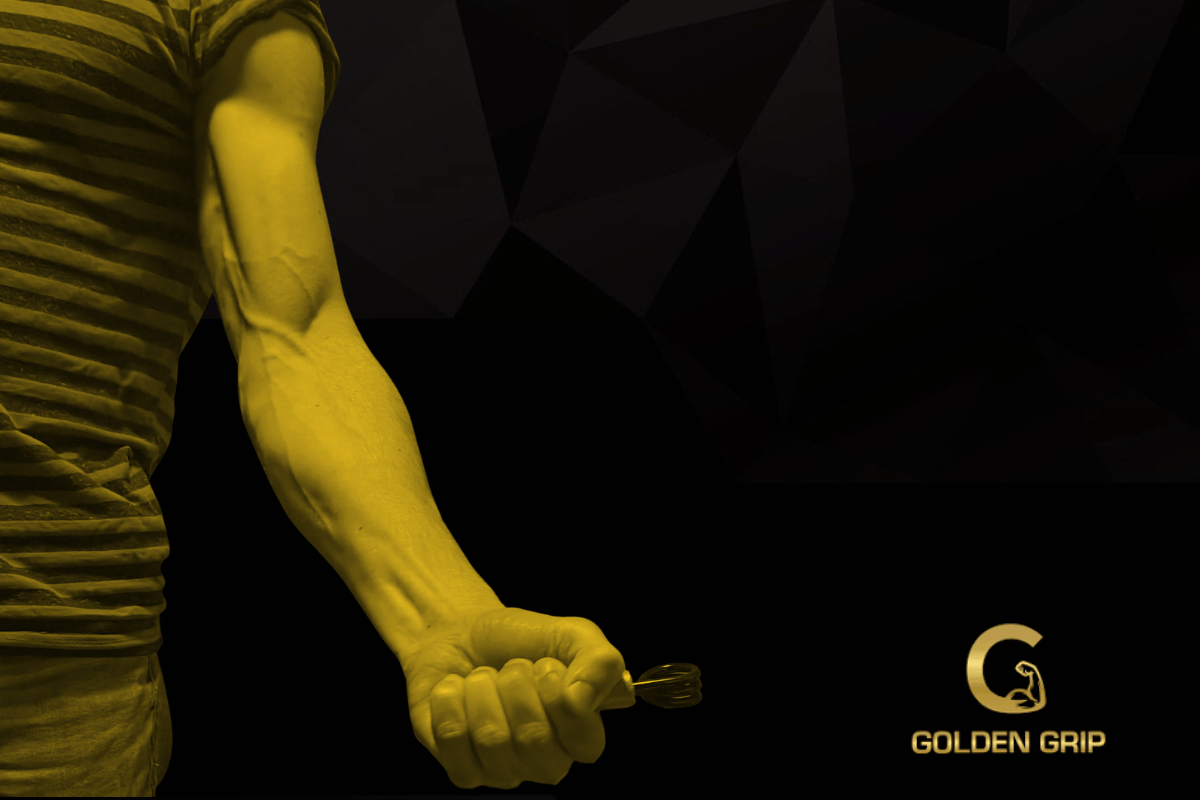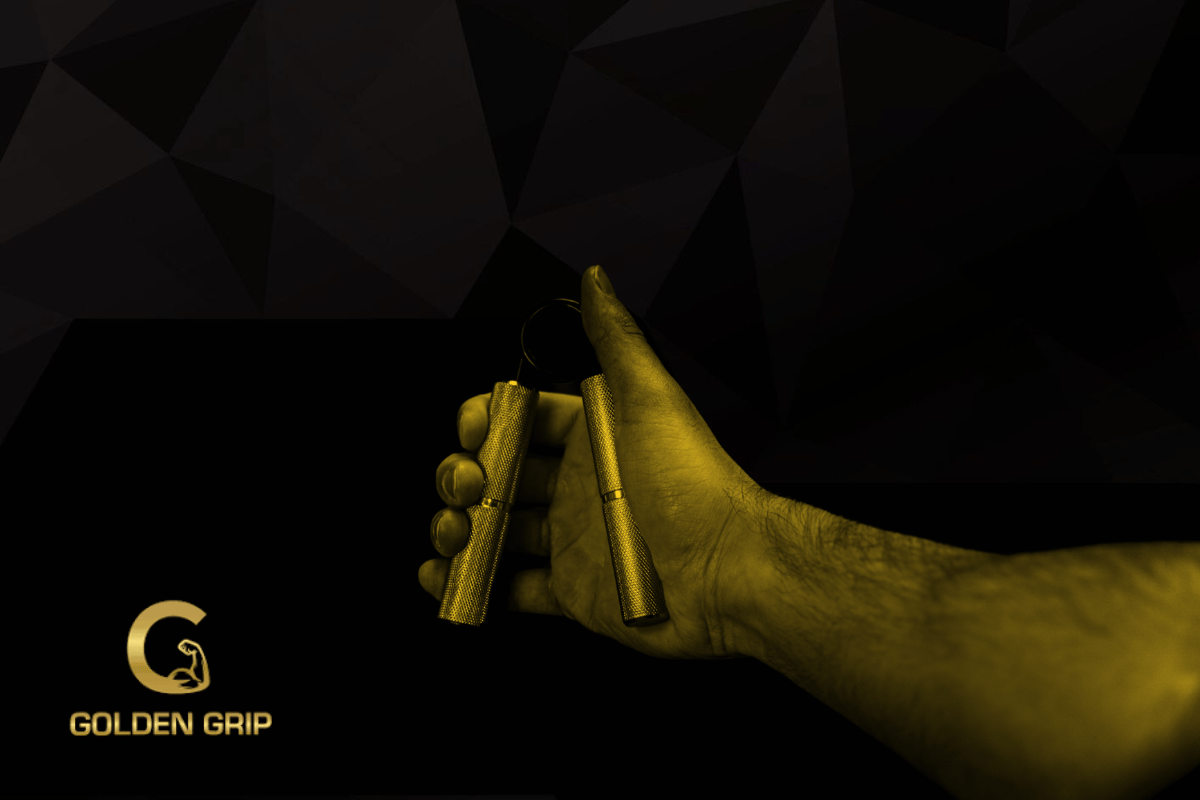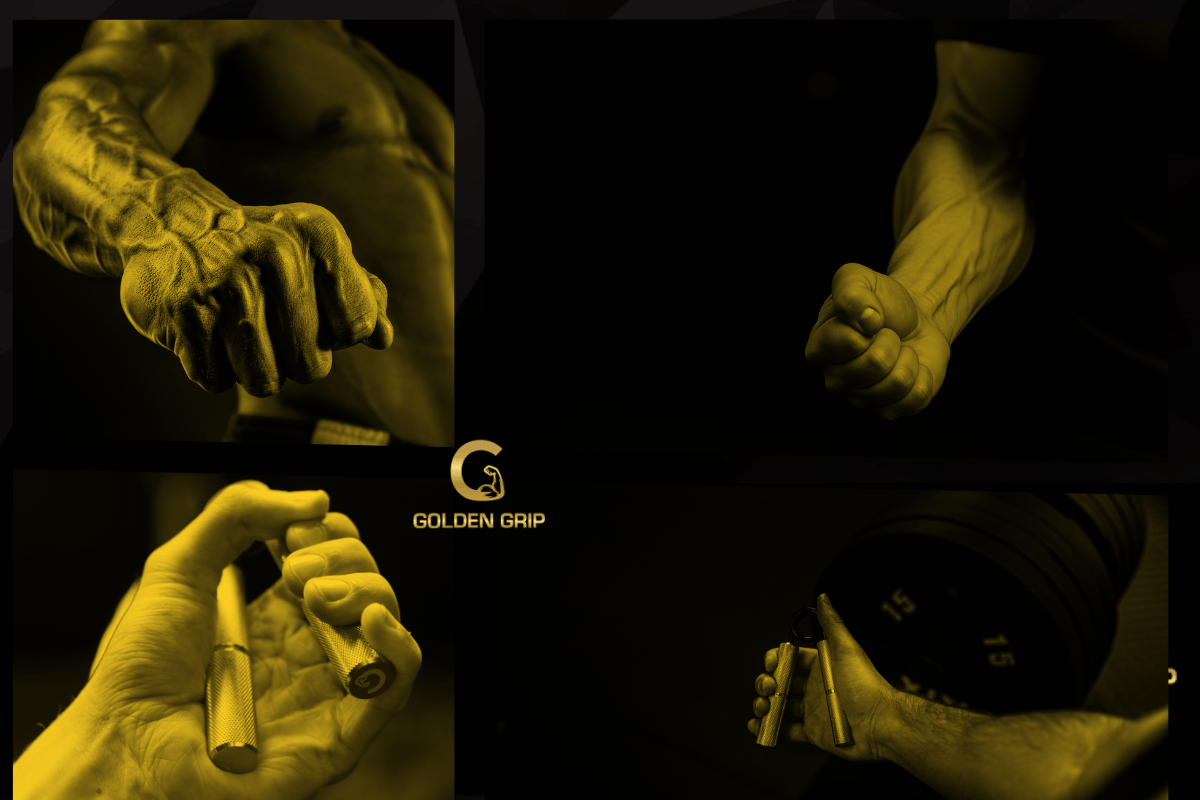Effective Ways to Grow Forearms Quickly
Why Forearm Growth Matters
Let's be honest—most people don’t pay nearly enough attention to their forearms. Yet, forearms are the unsung heroes of strength and aesthetics. Thick, muscular forearms are a walking badge of real power. They don’t just look impressive; they improve your grip strength, boost performance in lifts like deadlifts and pull-ups, and even give you an edge in sports like arm wrestling, climbing, or MMA.
Forearms are constantly at work every day, gripping, lifting, and stabilizing. However, because they are endurance-heavy muscles, many people find forearm growth stubborn without direct, focused training. Neglecting forearms limits your overall arm size and strength gains and leaves you prone to injury and grip fatigue.
If you want to level up your lifts, improve your hand endurance, and build arms that turn heads, growing your forearms quickly should be a top priority.
Understanding Forearm Anatomy
Before you dive into training, it helps to know what you’re working with. The forearm houses a complex network of muscles, tendons, and ligaments controlling wrist and finger movement, grip strength, and forearm size.
Broadly, forearm muscles divide into two groups:
- Anterior muscles: Primarily responsible for wrist flexion (bending the wrist forward) and crushing grip. These include wrist flexors and the brachioradialis, which also contributes to elbow flexion.
- Posterior muscles: Control wrist extension (lifting the back of the hand) and support balanced wrist function and hand extension.
In addition to flexion and extension, forearm muscles control pronation and supination—rotating the wrist to turn your palm down or up—as well as radial and ulnar deviation, which move your wrist side to side.
Since the forearm muscles are mostly slow-twitch fiber dominant, they respond best to moderate-to-high rep training with controlled tempo to maximize hypertrophy.
Key Forearm Muscle Groups to Train
To grow forearms quickly, you need to target all major muscle groups for balanced development and injury prevention. Focus on these four pillars:
- Brachioradialis: The thick muscle running along the thumb side, active during hammer curls and reverse curls. This muscle gives your forearms that "meatslap" look and adds serious arm thickness.
- Wrist flexors and extensors: These muscles control wrist bending and extension. Wrist curls and reverse wrist curls are the foundational exercises here.
- Pronation and supination muscles: These rotate your forearm and wrist, often overlooked but critical for full development and functional strength.
- Radial and ulnar deviation muscles: Responsible for side-to-side wrist movements, important for wrist stability and filling out the forearm’s width.
Don’t skip the smaller stabilizer muscles. Neglecting them can lead to imbalances, limiting size and causing tendon issues.
Best Exercises for Forearm Growth
Here’s the real deal: these exercises target each key muscle group with maximum efficiency to drive hypertrophy and strength.
Brachioradialis
- Hammer curls: Keep your wrists neutral to hammer the brachioradialis.
- Reverse curls: Use an EZ bar or dumbbells with palms facing down to emphasize this muscle.
- Zottman curls: Combine curls with reverse curls for max activation.
Wrist Flexors and Extensors
- Wrist curls: Rest forearms on a bench or thighs; curl your wrists upward slowly with dumbbells or barbells.
- Reverse wrist curls: Use the same setup but raise the back of your hands upward to train extensors.
- Wrist roller: Use a wrist roller device to build endurance and pump.
Pronation and Supination
- Lever rotations: Using a judo belt or lever-based tool, rotate your wrist against resistance both palm down and palm up.
- Popeye’s Pronator: Specialized equipment or DIY lever setups train these often-neglected muscles.
Radial and Ulnar Deviation
- Side-to-side lever movements: Using a weighted hammer or similar tool, move your wrist side to side against resistance.
- Riser cable attachment: For gym setups, isolate these motions to enhance wrist stability and muscle fullness.
Grip Strength Training (All Pillars)
- Crushing grip: Hand grippers or max-effort squeezes develop crushing force.
- Pinch grip: Hold weight plates or blocks pinched between thumb and fingers.
- Supporting grip: Farmer’s walks, dead hangs, and thick bar holds for isometric strength.
- Hand extension: Use finger extension bands or rice bucket training to open the hand and balance the muscles.
Training Strategies to Grow Fast
Training forearms is a different beast than your bigger muscle groups. Here’s how to hit them right:
- Train forearms 2-3 times per week: Your forearms can handle more frequent, high-volume work due to their endurance nature.
- Use moderate to high reps (12-20+ reps): This rep range targets the slow-twitch fibers and creates a powerful muscle pump that drives growth.
- Prioritize progressive overload: Gradually increase weight, reps, or training density each week to force adaptation.
- Focus on tempo: Slow eccentrics (3-4 seconds lowering phase) increase muscle tension and hypertrophy stimulus.
- Include variety but keep core movements consistent: This helps master form and stack volume for gains without overcomplicating your training.
- Balance flexor and extensor training: Avoid imbalances that lead to injury and limit growth.
- Integrate grip-specific training: Grip work is often the greatest driver of forearm size and function.
Remember, your forearms recover faster but are susceptible to overuse injuries if you don’t manage volume and intensity smartly.
Common Mistakes to Avoid
Here’s what most people don’t realize — missing these basics will stall your forearm gains:
- Neglecting direct forearm work: Compound lifts only do so much. Isolation is key.
- Ignoring wrist extensors: Focusing only on wrist curls causes imbalances and injury.
- Training forearms with too little volume or intensity: Undertraining equals underdeveloped forearms.
- Not progressively overloading: Forearms respond best when challenged over time.
- Skipping recovery: Forearms can become chronically sore and weak without proper rest.
- Using poor form and momentum: Swinging weights reduces muscle activation and risks injury.
Recovery for Maximum Forearm Gains
Gains happen outside the gym, and forearm muscles and tendons need proper recovery to grow and stay healthy.
- Listen to your body: Soreness is fine, sharp pain is not. Adjust volume accordingly.
- Prioritize sleep and nutrition: Aim for 7+ hours of quality sleep and at least 1.8 grams of protein per kg of body weight daily.
- Use contrast baths: Alternating cold and hot water dips increase blood flow and speed recovery.
- Stretch and mobilize: Stretch your forearms and wrists to reduce tightness and improve circulation.
- Self-myofascial release: Use foot rollers or muscle scraping tools on your forearms to relieve knots and tension.
- Include hand opening exercises: Use rice bucket training or finger extension bands to balance crushing grip work and prevent overuse injuries.
- Deload periodically: Take 1-2 weeks off or reduce intensity every 6-8 weeks to avoid burnout and injury.
Sample 6-Week Forearm Growth Plan
Ready to put it all into action? Here’s a straightforward 3-day per week plan designed to build size and strength fast.
-
Day 1 - Focus on Brachioradialis & Wrist Flexors/Extensors
- Hammer curls: 3 sets of 12-15 reps
- Wrist curls: 3 sets of 15 reps (slow tempo)
- Reverse wrist curls: 3 sets of 15 reps
- Wrist roller: 2 rounds up and down
-
Day 2 - Pronation/Supination & Radial/Ulnar Deviation
- Pronation/supination lever rotations: 3 sets of 12-15 reps each
- Radial/ulnar deviation side-to-side lever: 3 sets of 15-20 reps
- Dead hangs (weighted if possible): 2 sets of 30-60 seconds
- Rice bucket hand openers: 3 sets of 10-15 reps
-
Day 3 - Grip Strength & Mixed Forearm Work
- Hand grippers (crushing grip): 3 sets of 6-12 reps to failure
- Pinch grip holds: 2 sets of 30 seconds
- Zottman curls: 3 sets of 12-15 reps
- Behind-the-back wrist curls: 2 sets of 12-15 reps
Increase weight or reps slightly every week. Keep rest between 30-60 seconds for a pump and hypertrophy focus.
After 6 weeks, deload for a week by reducing weight 40% or resting completely, then ramp up again.



